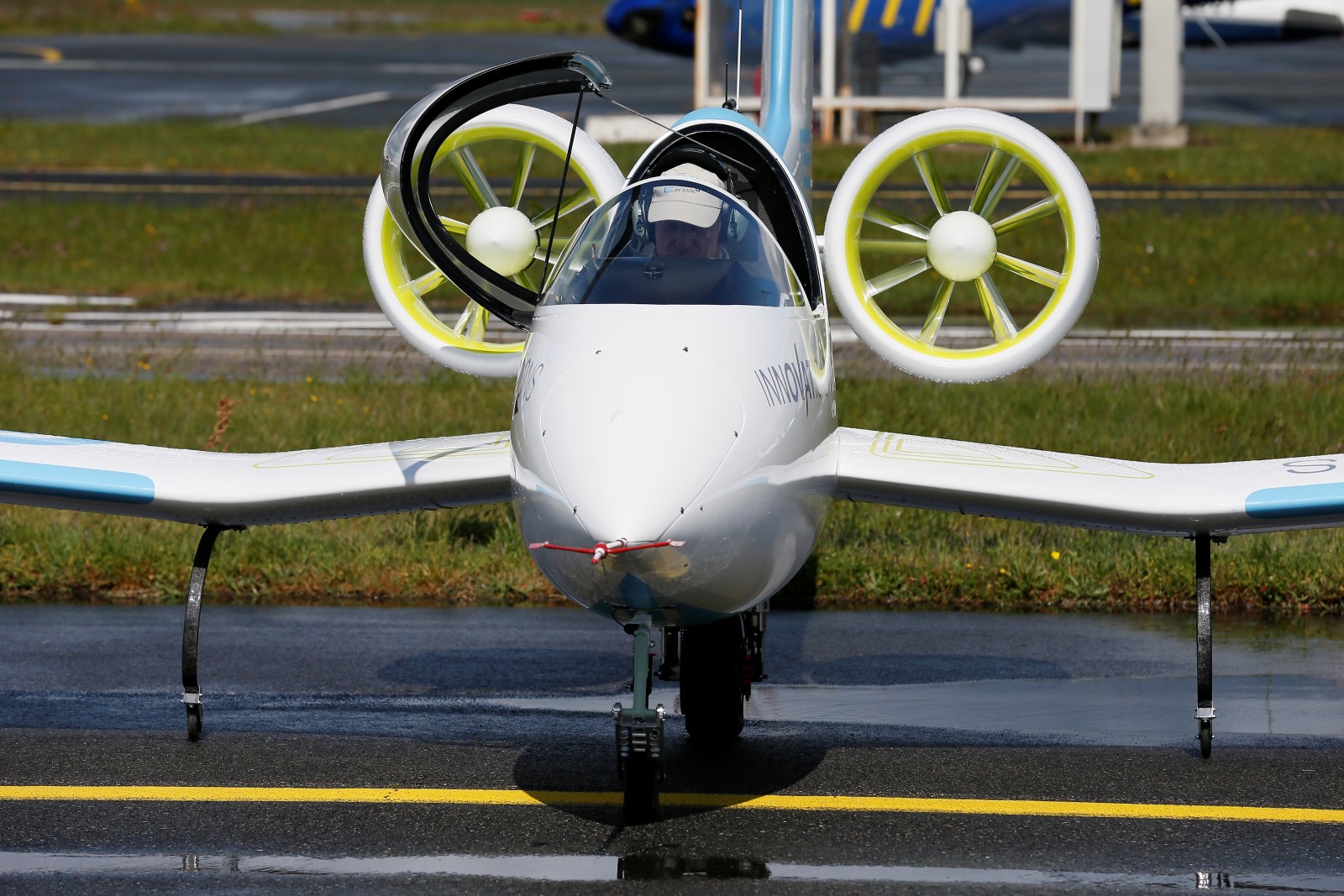Electric aviation is the use of electric propulsion systems to power aircraft, either fully or partially. Electric aviation has the potential to reduce greenhouse gas emissions, noise pollution, and operating costs of air travel. In this blog post, we will explore the current state of electric aviation, the challenges and opportunities it faces, and the future prospects of this emerging technology.
Current State of Electric Aviation
Electric aviation is not a new concept. The first electric-powered flight was achieved in 1883 by French inventor Gaston Tissandier, who used an electric motor and a battery to propel a dirigible. However, electric aviation remained largely experimental and impractical for decades, due to the limitations of battery technology and the dominance of fossil fuels.
In recent years, however, electric aviation has gained renewed interest and momentum, thanks to the advances in battery technology, renewable energy sources, and digitalization. Several companies and organizations around the world are developing and testing electric aircraft, ranging from small drones and ultralights to passenger planes and helicopters.
Some examples of electric aircraft that have been successfully flown or are under development include:
- The Solar Impulse 2, a solar-powered plane that circumnavigated the globe in 2015-2016 without using any fuel.
- The Pipistrel Alpha Electro, a two-seater electric trainer aircraft that can fly for up to an hour on a single charge.
- The Airbus E-Fan X, a hybrid-electric demonstrator that aims to replace one of the four jet engines of a BAe 146 regional airliner with an electric motor.
- The Eviation Alice, a nine-seater electric commuter aircraft that claims to have a range of 650 miles and a cruising speed of 276 mph.
- The Lilium Jet, a five-seater electric vertical take-off and landing (eVTOL) aircraft that can fly up to 186 miles at 186 mph.
- The Volocopter 2X, a two-seater eVTOL aircraft that can fly up to 17 miles at 62 mph.
## Challenges and Opportunities of Electric Aviation
Electric aviation faces several technical, economic, and regulatory challenges that need to be overcome before it can become mainstream. Some of these challenges include:
- Battery performance: Batteries are still heavy, expensive, and have limited energy density compared to fossil fuels. This limits the range, payload, and endurance of electric aircraft. Battery technology needs to improve significantly to enable longer and larger electric flights.
- Infrastructure: Electric aviation requires adequate charging stations, grid connections, and power management systems at airports and other locations. These infrastructure elements need to be developed and integrated with existing systems to ensure safety, reliability, and efficiency.
- Certification: Electric aviation needs to meet rigorous safety and performance standards set by aviation authorities and regulators. These standards need to be updated and harmonized to accommodate the specific characteristics and requirements of electric aircraft.
- Public acceptance: Electric aviation needs to gain public trust and acceptance by demonstrating its benefits and addressing potential concerns. These include noise levels, environmental impacts, security risks, privacy issues, and social implications.
Despite these challenges, electric aviation also offers significant opportunities and advantages over conventional aviation. Some of these include:
- Emission reduction: Electric aviation can reduce greenhouse gas emissions and air pollution from aviation by using renewable energy sources and eliminating combustion processes. This can help mitigate climate change and improve public health.
- Noise reduction: Electric aviation can reduce noise pollution from aviation by using quieter propulsion systems and optimizing flight paths. This can improve the quality of life for people living near airports and flight routes.
- Cost reduction: Electric aviation can reduce operating costs of aviation by using cheaper energy sources and reducing maintenance needs. This can lower the fares for passengers and increase the profitability for operators.
- Innovation: Electric aviation can spur innovation in various fields related to aviation, such as aerospace engineering, battery technology, renewable energy, digitalization, artificial intelligence, and urban mobility. This can create new markets, jobs, and opportunities for growth.
## Future Prospects of Electric Aviation
Electric aviation is still in its infancy stage, but it has the potential to revolutionize air travel in the coming years. According to a report by Roland Berger, a consultancy firm, the global market for electric aircraft could reach $178 billion by 2040. The report also predicts that by 2030:
- More than 3% of all short-haul flights will be operated by electric aircraft
- More than 30% of all new small aircraft deliveries will be electric or hybrid-electric
- More than 50% of all urban air mobility services will be provided by eVTOL aircraft
The future of electric aviation will depend on how well the challenges are addressed and how fast the opportunities are seized by various stakeholders in the industry. Electric aviation will also need to align with the broader goals and trends of sustainable development, digital transformation, and social inclusion.
Electric aviation is not a silver bullet, but it is a promising and exciting technology that can make air travel more efficient, affordable, and environmentally friendly. Electric aviation is the future of air travel, and the future is now.
Roland Berger. (2020). Think: Act - The Electric Flight Revolution. Retrieved from https://www.rolandberger.com/en/Insights/Publications/The-electric-flight-revolution.html






0 Comments